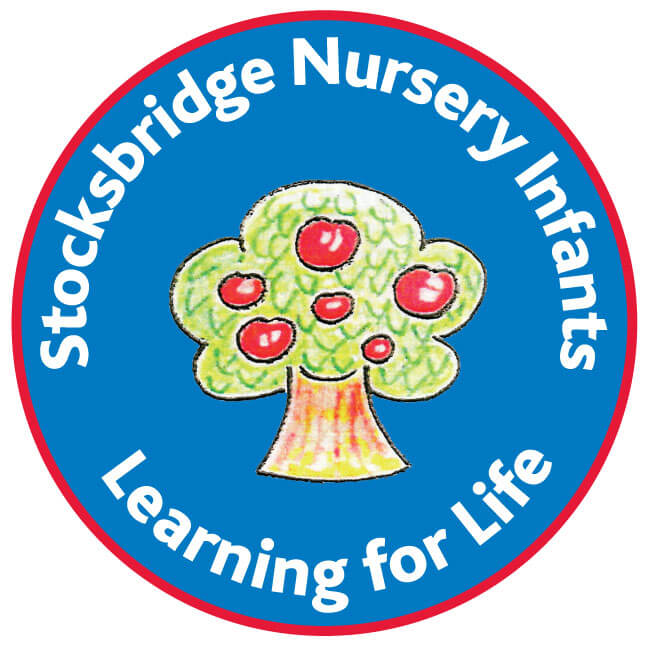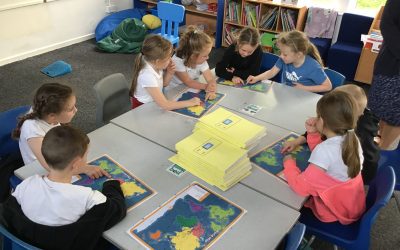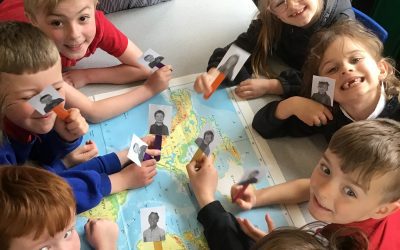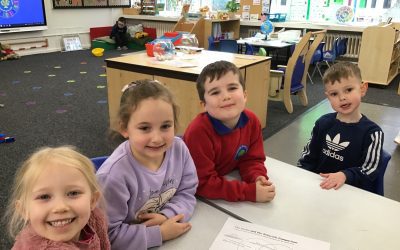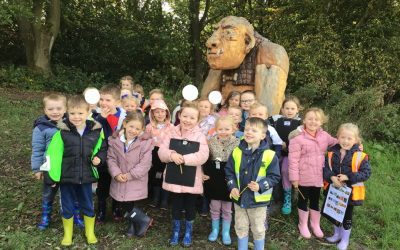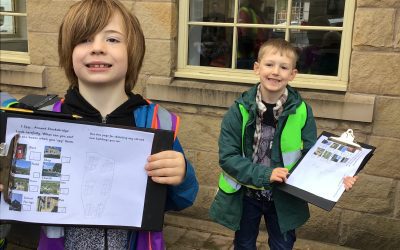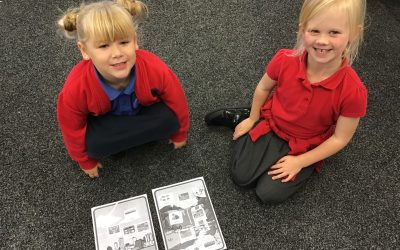‘Learning for Life.’
Geography
Statement of Intent and Implementation
Foundation Stage
Over Foundation Stage (FS), in Geography, the children will:
Be inspired with curiosity and fascination for the local community and its people.
Look closely at similarities, differences, patterns
and change within their environment and the wider world.
To communicate their own ideas and observations through play, exploring, recording and sharing these with others.
By the end of FS, a child who is attaining typically will be able to:
Talk about their family and events special to them as an individual. Know other families share these experiences in the local community and celebrate these similarities and differences.
Know that the World has hot and cold areas.
Know they live in Stocksbridge.
Know London is a big city in the UK and name special places there.
Know that the UK is an island surrounded by sea.
Draw simple pictures of their surroundings.
Be aware of the delicate planet that we live in and the need to look after our local environment.
Over Key Stage One (KS1), in geography, the children will:
Be inspired with curiosity and fascination for the World and its people – its places, cultures and lives.
To develop and deepen their geographical knowledge, understanding and skills. Through fieldwork, photographs, mapping and communication. (digitally)
By the end of KS1 a child who is attaining typically will be able to:
Investigate the local environment identifying key features with fieldwork (from the school grounds to the hills through the valley to its reservoirs and unique industrial heritage) and contrast with World locations using appropriate vocabulary and ask questions such as “What is this place like?”
Know the 7 continents and 5 oceans of the World and locate the North and South Pole and the Equator. Know they have an impact on our climate for all creatures living on Earth.
To know the four countries of the UK and their characteristics including our four seasons.
To communicate their knowledge through a growing vocabulary including compass directions, using their own maps with keys and digitally responding to areas with aerial photographs and media.
Investigate patterns through comparing and contrasting locations taught- through the continents studied at depth-Europe & Africa. This will include climate, human and physical features.
To use their knowledge to be thoughtful and sensitive to care for the Earth to benefit themselves and other. To sustain, enable and enhance lives, environments and places.
Blog
Exploring the Seven Continents
In Geography this term the children have been exploring where in the world the seven continents are and what countries are in them.
Exploring the world with our ‘Mini Me’s’
In geography, Class 2 have loved using their 'mini me's' to travel around the world and learn about the seven continents of the world. They landed themselves in each continent and talked about whether it was a hot or cold continent - thinking carefully about how far...
The Arctic and the Antarctic Comparison
In Class 6, 7 and 8, the children have learned about the Arctic (North Pole) and the Antarctic (South Pole). They have learned about the similarities and differences between these two places. The children enjoyed listening to the grown-ups read out a statement and...
Class 6, 7 and 8’s Walk around Stocksbridge
We went on a walk around Stocksbridge to look for different features in the environment and to find different signs of Autumn. The children had an I Spy worksheet and they had to tick off the things they saw. Before, we headed back to school, we stopped off at the...
KS1 Walk to Fox Valley
The children have been on a walk to Fox Valley. Whilst on their walk, they had to look for different human and physical features and then tick them off on their worksheet. When they got to Fox Valley, the children practised their sketching skills and drew a human or a...
Human and Physical Features
The children had to sort the pictures into human features and physical features. The children know that a human feature is something built by humans. For example, houses, bridges, roads etc. They also know that a physical feature is something that is natural. For...
